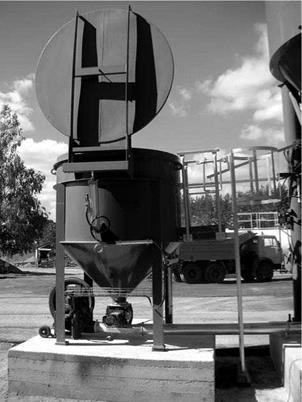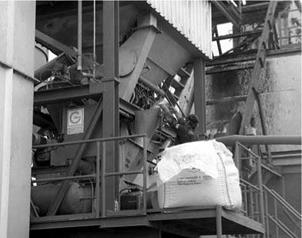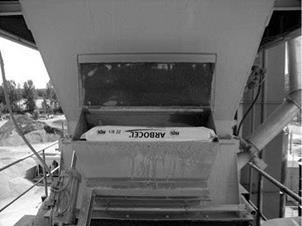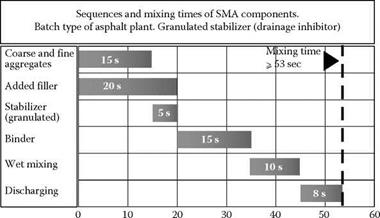Control according to U. S. Documents
The distinctive feature of the contemporary U. S. approach to production control is the application of statistical methods and fines as punishment for exceeding admissible limits or deviations from the mix design. (Sometimes bonuses, or incentives, are also used to reward exceptional production consistency, but penalties are more common.)
The quality control methods widely employed in the United States are called quality control/quality assurance (QC/QA). These systems typically involve testing recently produced bituminous mixtures for the following (USACE Handbook, 2000):
• Mix components—binder content and gradation of the mineral aggregate
• Physical properties of the mixture measured on compacted Marshall or gyratory samples
• Air-void content
• VMA
• Voids filled with binder (VFB)
• Density
• Stability and flow, if required
Under QC/QA specifications, the mixture manufacturer is charged with the responsibility for quality production control (QC). Its laboratory’s duty is to undertake control activities. Verifying the operation of QC, or QA, is the investor’s (or owner’s) responsibility. It is necessary to stress again that in the United States sliding scales of fines are imposed, depending on the statistical results of production control.
Every producer of a mixture must formulate and submit for approval a quality control plan (QC plan). Broadly speaking, this type of plan[59] comprises such details as the determined features under control and the frequency of their testing, the methods for recording results, and the corrective actions taken in case of excessive deviations from a formula. Additionally, the QC plan outlines the number and the frequency of equipment inspections, the calibration of instruments, and document management. More information on control using QC/QA specifications may be found in various U. S. publications (The Asphalt Handbook, 1989; USACE Handbook, 2000).















